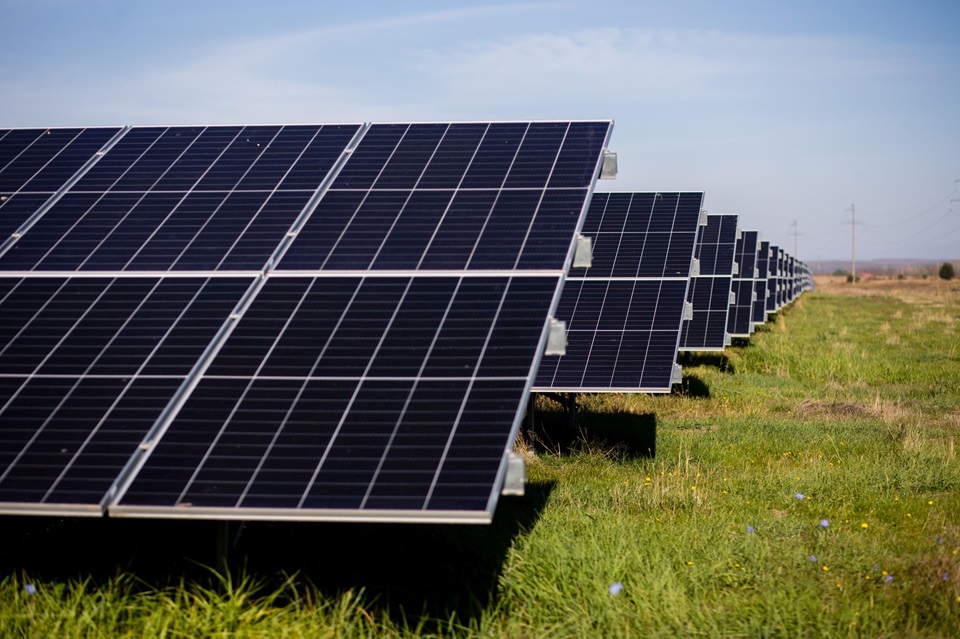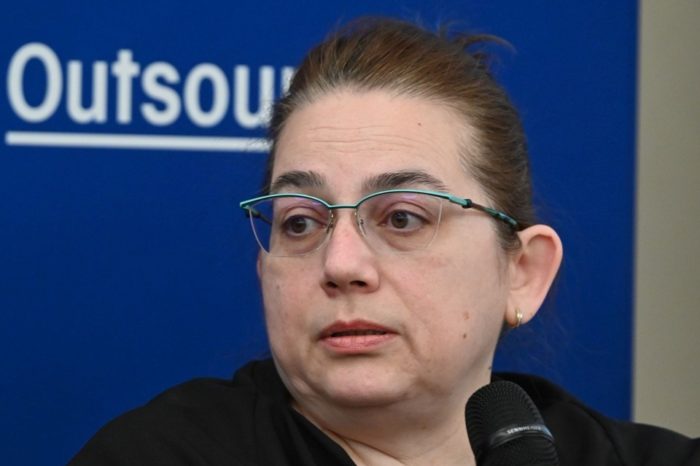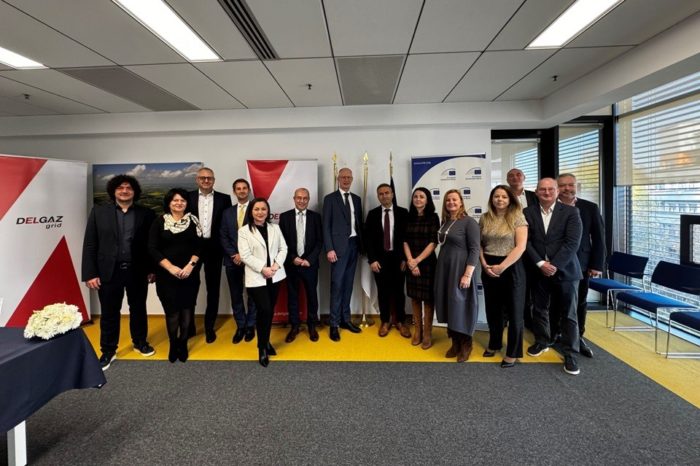Costs of energy transition could be cut by 25 percent with de-risking instruments for green projects: Deloitte

The overall costs of the global energy transition, estimated at USD 200 trillion by 2050, could be reduced by almost 25 percent using de-risking instruments, thus facilitating new methods of financing and refinancing green projects, according to a Deloitte study.
Priority investments of the transition – solar and wind farms, storage infrastructure, technologies for obtaining green hydrogen through electrolysis, electrification, carbon capture and storage, etc. – are perceived as having significantly higher risks than fossil-based projects, which is directly reflected in the increase in cost of capital, affecting the financial efficiency and attractiveness of green projects, as shown in the report.
The study identifies four categories of risks impacting the cost of capital. The most significant are macro risks, which refer to uncertainty caused by political factors or deficient regulations and procedures, and which can generate, for example, between 40 percent and 90 percent of the capital costs of renewable energy projects. Market risks (market appetite for projects, revenues, cost competitiveness) are second largest, weighting up to 20 percent of cost of capital for projects in developing countries. Technical risks, related to delays or overruns of budgets within projects, under-performance, etc., and financial risks (access to capital) weigh less in the risk assessment. In addition to these four categories, the study shows that underestimating the climate, environmental and public health benefits of the “green” projects also contributes to risks perception, thus to the increase of cost of capital.
“Facilitating investments in green projects remains a topical concern, pivotal for accelerating the energy transition and the decarbonization of economies. In large markets, which are more advanced in this journey, the risks are already on a downward slope, leading to lower cost of capital for green projects, thus encouraging investors and lenders; moreover, at global level, the pioneer segments of the transition, solar and wind, have reduced their initial costs by 80 percent and 40 percent respectively over the last 15 years. It is an effect of experience and gradual integration of lessons learned that creates predictability within projects and markets and mitigates risk perception. The study recommends several strategic measures to de-risk the implementation of emerging technologies, so that they have a chance to demonstrate their commercial viability in the medium and long term, and it emphasizes that the mix of measures must take into account both the market context and the maturity of the technologies in question,” stated Ovidiu Popescu, Partner, Deloitte Romania, Leader of the Energy and Sustainability Practices.
The study proposes measures such as the use of information instruments, which refer to strategies and taxonomies accessible to all stakeholders and intended to provide market stability and predictability, regulatory and control instruments, among which streamlining the licensing process and network planning are most important, economic and market instruments, such as tax incentives, support policies, offtake contracts, etc., which are expected to increase developers’ and investors’ appetite, as well as financial instruments – grants, subsidies, guarantees and insurance, concessional loans, etc. The study points out that, in many cases, these systemic instruments cannot completely put away the perceived risks of a green project, so there is a need for risk transfer instruments, such as blended finance, created through the collaboration of capital sources, especially public-private, which can contribute to reducing the current costs of renewable energy by up to 35 percent.
“The green finance ecosystem consists of different types of actors – developers, investors, financiers, etc. – having different objectives and constraints. Not coincidentally, public funding sources, that operate with more flexible risk criteria, are still the driver of green financing, contributing almost half of renewable energy investments around the globe in 2021 and 2022, according to Climate Policy Initiative data from 2023. According to the study, the future of this ecosystem should mean, in addition to de-risking measures, improved accountability of the actors and a permanent, collective financial learning exercise, which will facilitate the diversification of financing instruments over time and which in Germany, for example, contributed to a drop of over 4 percent in the cost of capital of photovoltaic and wind installations between 2005 and 2017 alone,” stated Radu Dumitrescu, Financial Advisory Partner-in-Charge, Deloitte Romania.
The report also assigns roles for the implementation and correlation of the recommended instruments and measures – de-risking, blended finance and financial learning. Investors and lenders must move towards integrating the objective of decarbonization into their strategies, as well as developing relevant climate risk assessment criteria. Thus, pension funds, banks, insurance companies and other large investors are driving the mission to increase “green” markets’ capital flows from today’s billions to the roughly USD 7 trillion needed annually at global level to achieve the 2050 objectives, as found by the study. Regulatory authorities hold a pivotal role in setting the guidelines for the transition, in ensuring a predictable and attractive investment environment, as well as in exploiting financial learning by integrating lessons learned into public policies. Development banks can contribute by calibrating blended finance solutions and facilitating large-scale refinancing mechanisms. Finally, international organizations, such as the UN and regional formats in charge of fighting climate change, have the mission of creating a so-called “new energy world order”, in which the vital elements of the transition – information, strategy, technology – are able to move, be valued and traded freely, fairly and efficiently.














